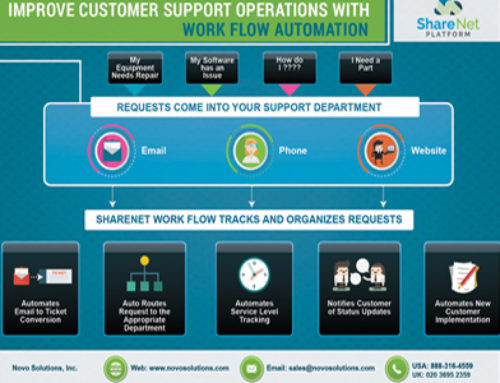Integrate Your Applications To Join Together – Single Sign-On
In a perfect world organizations would have a single application that fulfills all of their business needs, sadly this is not possible. While it is a desirable goal to have as much integrated functionality within a single application as possible, even large, very expensive enterprise systems rarely address every need in the desired way. As a result, organizations must consider supplementary applications to address these specific needs.
 A problem that arises when additional applications are added to the network (intranet /extranet or both) is the issue of burdening the users with an added application to have to log in to. Administrators and End Users have enough work to do as it is and adding the obstacle of having to sign into multiple applications is a time added nuisance. End Users are forced to keep track of multiple passwords and the hassle of additional steps to do their work. In addition to this, network and application administrators are faced with the challenges of adding users to each system, keeping track of who has access to what and somehow keeping usernames updated or synchronized between systems.
A problem that arises when additional applications are added to the network (intranet /extranet or both) is the issue of burdening the users with an added application to have to log in to. Administrators and End Users have enough work to do as it is and adding the obstacle of having to sign into multiple applications is a time added nuisance. End Users are forced to keep track of multiple passwords and the hassle of additional steps to do their work. In addition to this, network and application administrators are faced with the challenges of adding users to each system, keeping track of who has access to what and somehow keeping usernames updated or synchronized between systems.
Some of the costs to an organization for these inefficiencies are:
- Decreased Productivity of high skilled Network and Application Administrators
- Reduced Benefits – In some cases, users may tend to use the application less than they should because of the hassle of accessing it, forgetting their password, etc.
- Exposure to Risk – When application access is difficult to manage, someone could gain access to information they should not have (i.e. when an employee leaves the organization, etc.)
To effectively address these problems it is important that a new application is added to the network be able to tie into the existing authentication system (simply stated, single sign-on authentication refers to the process of identifying the user). This is not just for the benefit of network and application administrators (i.e. maintaining a central login management system). It also provides a way for end users to be able to login to the network (or extranet web site) once and automatically have access to the applications and resources they need to effectively perform their jobs. Some applications that do provide single sign-on modules often stop there – only providing benefits for authentication. An even higher level of benefit is achieved when the application not only provides single sign-on capabilities but also allows administrators to use a centralized system (i.e. Microsoft Active Directory) to control some level of what users have access to in the new application (authorization).
Some of the benefits to an organization of single sign-on access are:
- Increased Productivity – Simplicity of user management for administrators and reduced barriers for end users accessing the information and resources they need
- Improved Benefit/ROI – When applications are used more often for what they were designed to do, the organization receives the resulting benefit and achieves a quicker return on investment.
- Reduced Exposure to Risk – Provided when a greater degree of control of application access is maintained.This commonly overlooked feature will save your company time and money.
When selecting your next software application place a high value on having single sign-on authentication integration with your current application or Microsoft Active Directory.





